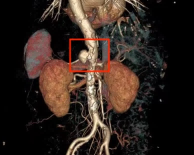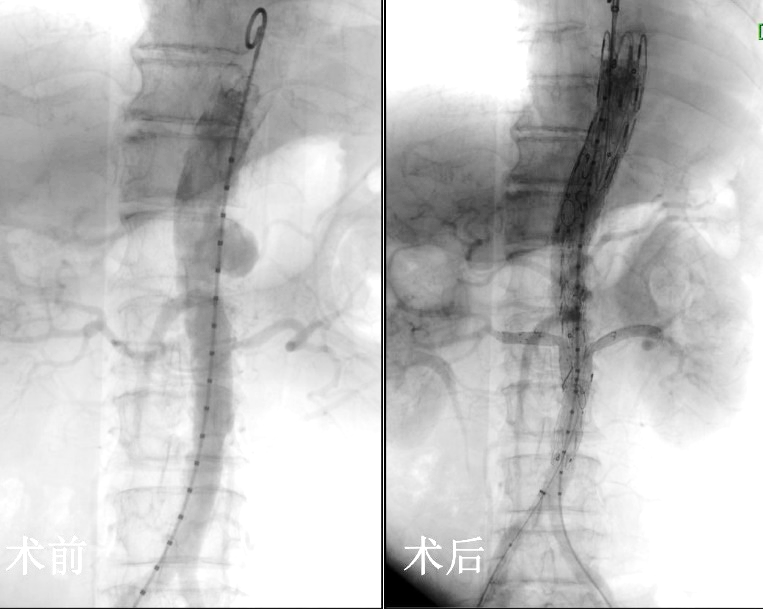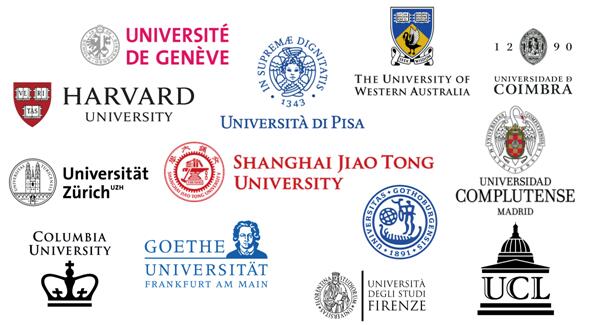Unexpectedly Abdominal Aortic Dissection: Domestic Upgrade "Four Windows" Challenge Intraluminal Treatment Forbidden Area, Female Abdominal Pain for Two Months Xue Guanhua | Ms. | Domestic
Ms. Yu suffered from stomach pain for two months, but was unexpectedly discovered to have a silent "bomb" in her blood vessels, posing a threat to her life at any time. Abdominal aortic dissection involving visceral vascular areas has always been a treatment "forbidden zone" with great difficulty. Xue Guanhua, Chief Physician of the Vascular Surgery Department at Renji Hospital Affiliated to Shanghai Jiao Tong University School of Medicine, has decided to face the challenge and work with Ms. Yu to innovate: reconstructing visceral arteries through a fenestrated branch stent.
In the past, experts needed to "open windows" outside of the body and modify the four branches of the stent themselves. However, the latest challenge is the domestic upgrade of "four windows", which combines two domestic stents with their own branch stents to form two branches, and then "open windows" two more branches outside the body, reducing the original "window opening" time of one or two hours to less than 45 minutes. This innovative upgrade treatment for complex visceral abdominal aortic dissection is rare in China, and also provides a new solution for the problem of how to rebuild the blood supply in the visceral area.
Ms. Yu's stomach pain has been a mystery for two months. A series of examinations were conducted in the hospital and no related abnormalities were found. Until Xue Guanhua saw Ms. Yu's enhanced CT scan, he couldn't help but frown: Ms. Yu not only had an abdominal aortic dissection, but also the dissection happened to be located in the area of visceral branch blood vessels, which was the "forbidden area" of previous endovascular treatments.
Abdominal aortic dissection is an indefinite bomb in the human body. Due to damage to the intima of the main abdominal artery wall, the area of intimal tear gradually increases under high-speed blood flow impact, while the vascular wall in the affected area is weak. Once the vascular wall ruptures, the mortality rate is extremely high.

Abdominal aortic dissection involving visceral arteries is the most complex subtype of this disease, which not only requires the reconstruction of the entire abdominal aorta, but also the reconstruction of the abdominal trunk, superior mesenteric artery, and bilateral renal artery. Traditional open surgery has great trauma, high perioperative complications, and high mortality rate. Faced with the life-threatening Ms. Yu at any time, Xue Guanhua carefully analyzed and planned carefully, and decided to challenge the "forbidden zone" by using domestically produced branch stents combined with "four window" technology to solve this difficult visceral area abdominal aortic dissection.
However, the "four windows" pose a great challenge to doctors, making it the most difficult and precise surgery in vascular surgery. Thoroughly evaluate CT images before surgery, carefully analyze the exact position of visceral arteries, obtain accurate anatomical data, and reconstruct visceral arteries through fenestrated branch stents. There should be no errors in the space, angle, and alignment of fenestration and branches. Once there is a slight uncertainty, one may face situations such as visceral artery ischemia and organ necrosis.
It is reported that the original imported stent used was a complete covered stent, and the surgeon needed to modify the four branches of the stent themselves to reconstruct the visceral artery. Because there are four important branches of blood vessels, external window opening requires suturing four branches, and simply modifying the stent takes 1 to 2 hours. After a detailed analysis of the patient's condition, Xue Guanhua decided to innovatively use domestically produced branch stents.
Domestic stents come with their own branch, so we use two stents placed together, which is equivalent to already having two branches. Opening a window outside the body and sewing two more can greatly reduce surgical time and minimize trauma to patients. However, such a challenge has never been encountered before. How to reconstruct visceral branches in minimally invasive treatment of visceral aortic dissection is a huge test for surgeons, requiring them to master the patient's vascular anatomy, endovascular treatment techniques, and various instrument performance proficiently.

During the surgery, Xue Guanhua inserted and released the pre opened stent, and then began to reconstruct the visceral artery. Difficulties continue to arise one after another - difficulties for the guide wire to enter the branch, twisted blood vessels, and obstructed instrument push. However, Xue Guanhua, with his skilled skills, good hand feel, and team cooperation, solved the difficult problems one by one.
In the end, a total of 5 hours of surgery completely isolated the dissection and reconstructed 4 important visceral branches. After the operation, Ms. Yu miraculously recovered quickly. After 24 hours, she was transferred from the intensive care unit to the general ward. 48 hours after the operation, she resumed walking on the ground, and her abdominal pain was significantly relieved.




